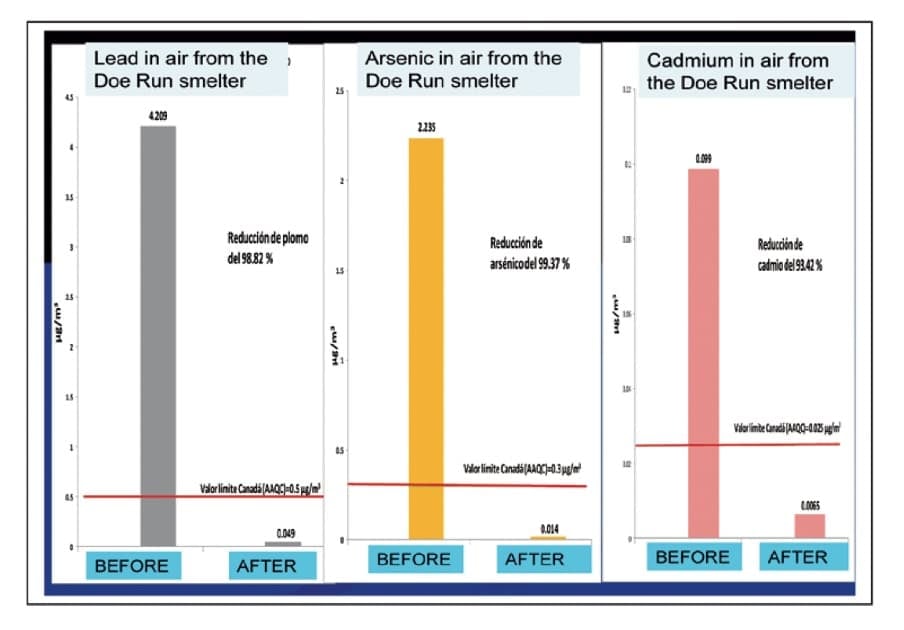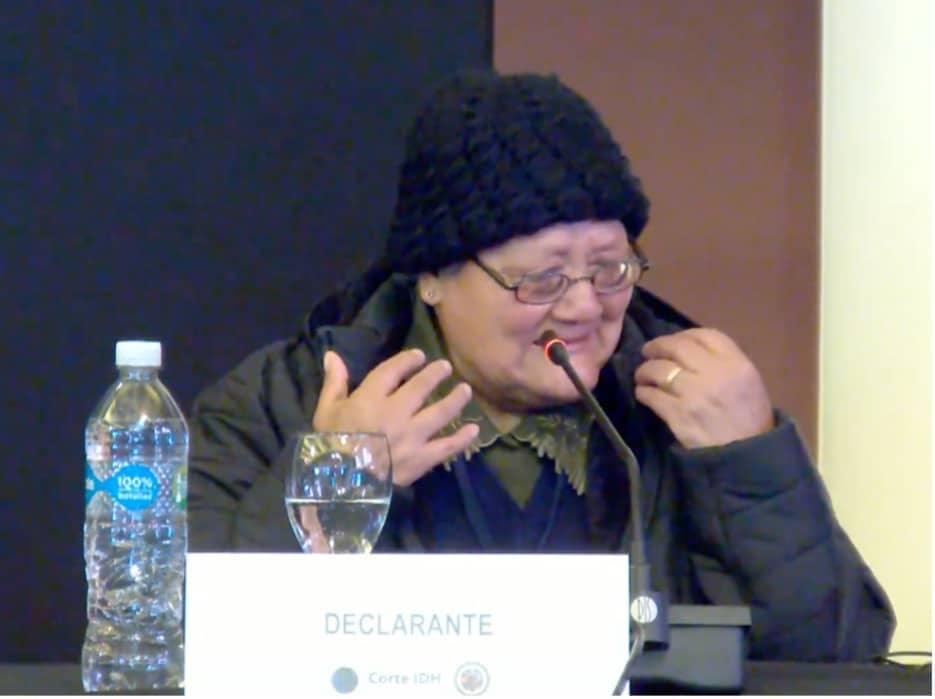(CN) — Residents of the Andean city of La Oroya told the Inter-American Court of Human Rights this week of how decades of toxic contamination by a mining company have led to life-changing health implications and environmental damage.
They accuse Peru of human rights violations by failing in its obligations to regulate and control the toxic emissions of Doe Run Peru, which operated a metallurgical complex between 1997 and 2009.
Doe Run Peru was a subsidiary of Missouri-based Doe Run Company until 2007 but is now an independent Peruvian company.
The 30,000 inhabitants of La Oroya are tucked away high in the Andes 110 miles east of Lima. Its ash-colored mountain slopes are a visual reminder of the environmental damage caused by the smelting of heavy metals — mostly lead, zinc, and copper — that are carried in the veins of residents in one of the most polluted cities in the world.
Blood analysis found that 90% of the residents had blood lead levels that far exceeded standards deemed dangerous set by the World Health Organization. Those living in the area are more likely to develop a broad range of health problems such as anemia, skin disorders, kidney failure, infertility, lung and heart disease and cancer — with vulnerable groups like children and the elderly hit hardest.

Despite the mounting evidence of the dangers to the inhabitants of La Oroya, the state failed to provide specialist medical diagnosis, treatment and care nor access to adequate information regarding the harms from metal contamination — measures that the Inter-American Commission of Human Rights requested authorities do.
At the public hearing held Oct. 12-13, the court heard from victims, experts and representatives of the state.
“The state was like a father who ignored us,” said 74-year-old resident Rosa Amaro, sitting in the court in the Uruguayan capital of Montevideo. She recounted how over time the hills that encircled the city became barren. Fighting through tears, Amaro spoke of multiple occasions where adults and children struggled to breathe and complained of burning eyes and throats.

Two other residents spoke of the decades-old toxic effects of metal contamination, blaming it for tumors and infertility. "The victims have had to see how the state, through various governments, has disregarded its obligations while their health problems have worsened,” said Gloria Cano Legua, senior attorney at APRODEH, one of the Peruvian human rights organizations that helped bring the case to court. “The indifference and sometimes hostility with which they have been treated have aggravated their dignity," she added.
Seeing her neighbors’ health continue to suffer without intervention from the authorities, Amaro led a local lobby group to push for better controls and regulations. She, along with other residents in the group, received death threats and was forced to leave La Oroya in 2017. The metallurgical complex had been a major employer in the city, which was built around mining and metal extraction in the 1920s.
The complex was first installed by the U.S. company Cerro de Pasco Cooper Corporation in 1922 before being nationalized in 1974. The state-owned company Centromin ceased activities in 1997 when it was privatized and bought by Doe Run Peru.
As part of the acquisition of the complex, Doe Run Peru had been obliged to implement an environmental management program (PAMA) with the state being responsible for soil remediation. Both parties repeatedly failed to implement changes, with PAMA being revised, extended, and watered down multiple times by the Ministry of Energy and Mines.
In 2006, the human rights organization AIDA, along with allied organizations like APRODEH, filed a complaint with the Inter-American Commission of Human Rights for violations of the Peruvian government. After 15 years of struggle and worsening health conditions, the case was submitted to the regional court of human rights after it established responsibility of the state.
“The commission concluded that the state acted with active permissibility in the modifications of PAMA, which created a situation of acquiescence and state tolerance of environmental damage,” commission representative Jorge Mesa told the court. “The state failed to comply with its obligations with respect to the rights to life with dignity, personal integrity, and environmental health.”
Mesa spoke of the “hostility and polarization between those who support the company and those who do not,” with the state failing to “adopt effective measures to guarantee protection of the rights of the victims who suffered threats, harassment and reprisals for the complaints they made.”
Defending Peru, lawyer Carlos Reaño argued “not every presence of heavy metals implies damage to health,” and that “there must be a causal link between the reported acts and their consequences" to demonstrate international liability. “The causal link is and has been an aspect used by the court for reparations,” and so “it is possible to use it for an exemption of liability.”
Speaking of the historic precedent that the case may set, AIDA senior attorney Liliana Avila said: “It is a milestone for the Inter-American System for the Protection of Human Rights as it will be among the first cases to address so centrally the indivisible relationship between a healthy environment and other fundamental human rights such as life, health and personal integrity.”
From the remote mountainous region in the Peruvian Andes where the compliant emerged, it is a “unique opportunity to set a regional and global precedent for the protection of the right to a healthy environment, and compliance with the obligations of states to adequately supervise corporate activities as well as guarantee special protection for children, women, the elderly and other vulnerable groups," Avila said.
The court is expected to rule on the case in approximately six months, which cannot be appealed.
"The La Oroya case before the Inter-American Court puts an end to more than 20 years of waiting in the search for justice and reparations for people whose lives were drastically changed due to historic exposure to toxic contamination,” Avila said.
Doe Run Peru — which is not a party to the case — believes the Peruvian state is obliged to compensate the victims, claiming that under PAMA it cannot be legally responsible for its smelting activities. Its case is strengthened by the free trade agreement between the U.S. and Peru that protects foreign investments, which has been used by Renco to take out their own investor-state claim case against Peru for failing to grant another extension to PAMA and avoid responsibility for the human rights abuses of the inhabitants of La Oroya.
Courthouse News South America correspondent James Francis Whitehead is based in Buenos Aires, Argentina.
Subscribe to Closing Arguments
Sign up for new weekly newsletter Closing Arguments to get the latest about ongoing trials, major litigation and hot cases and rulings in courthouses around the U.S. and the world.








